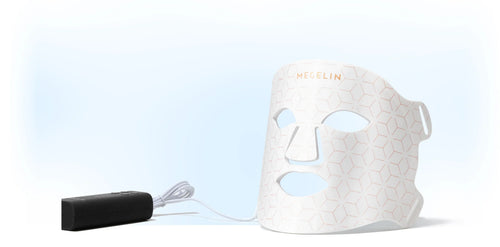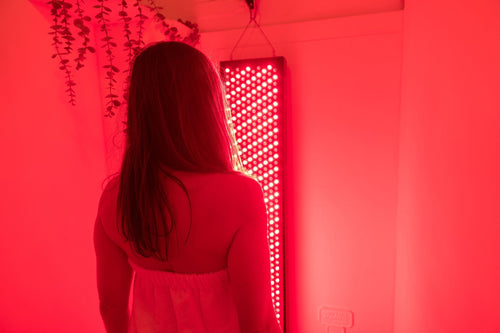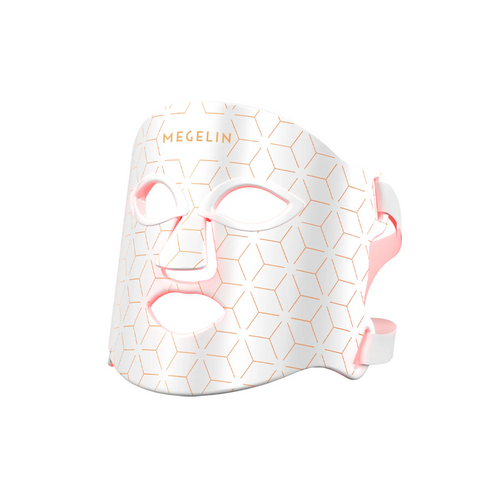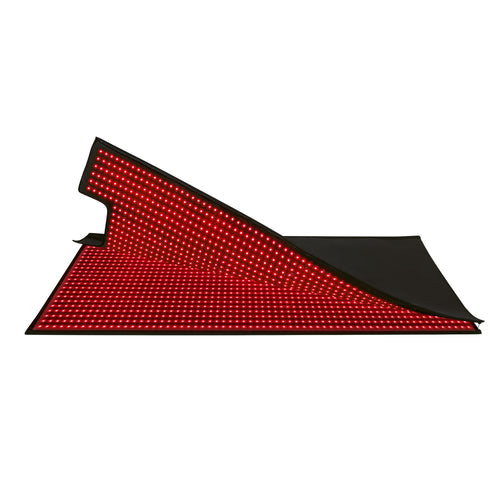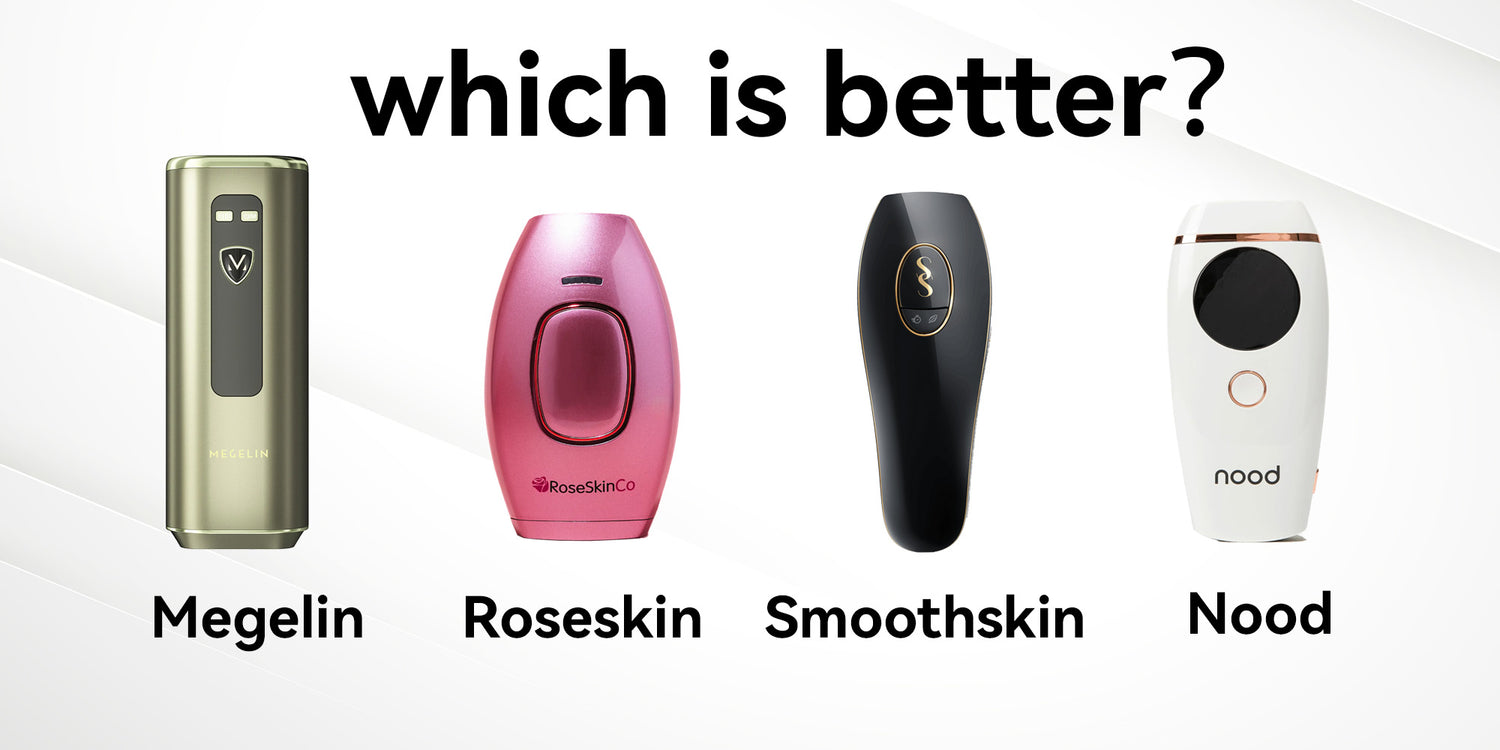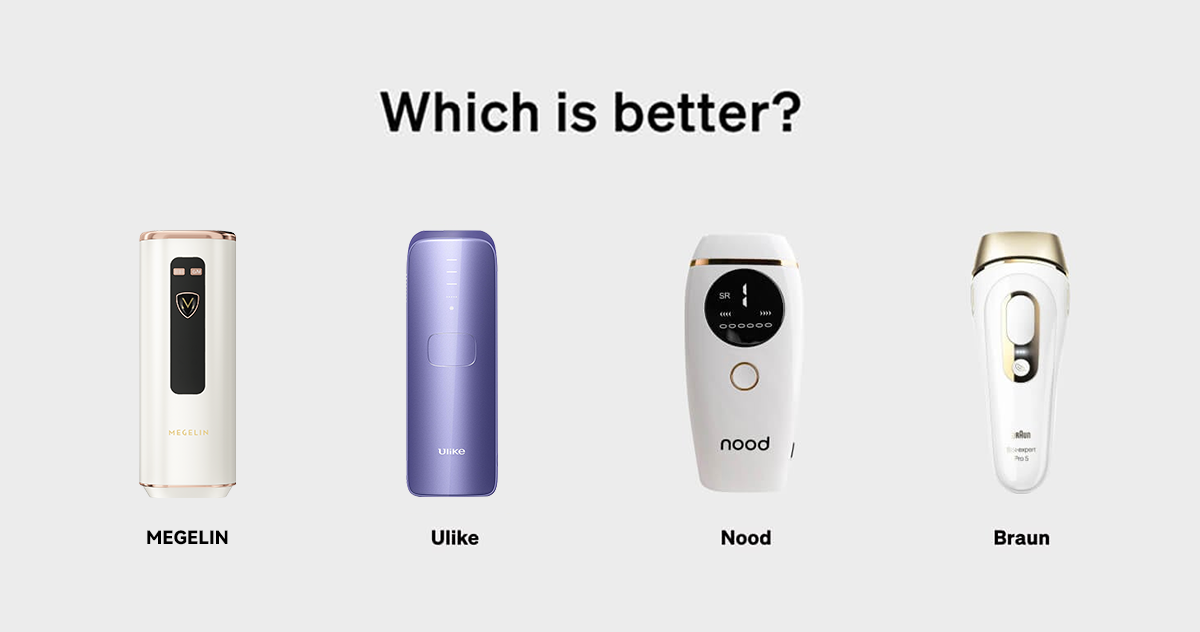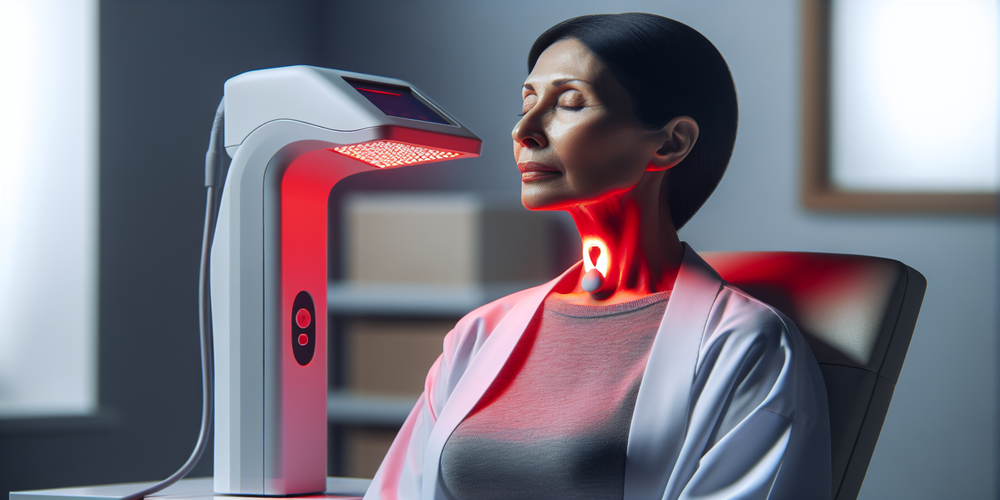
Red Light Therapy for Thyroid Treatment: Natural Approach to Better Health
2MegelinIn the realm of alternative remedies for thyroid disorders, red light therapy for thyroid health emerges as a fascinating and innovative approach. This therapy, leveraging the power of light, proposes a natural methodology to address thyroid imbalances—a condition traditionally managed with lifetime thyroid medication. The significance of maintaining thyroid health cannot be understated, as it influences every aspect of well-being, from cellular energy production to immune system modulation. As the search for non-invasive and holistic treatments gains momentum, red light therapy and thyroid health synergy stands out, offering hope to those seeking alternatives to conventional methods.
This article delves into the intricacies of thyroid function and disorders, laying the groundwork to understand how red light therapy—or photobiomodulation—can play a pivotal role in thyroid health. Following an exploration of what red light therapy entails, the discussion will pivot to its application for thyroid conditions, including how to use red light therapy for thyroid enhancement, its potential in shrinking thyroid nodules, and considerations around safety. Addressing thyroid echogenicity, thyroid vascularity, and the promising outcomes of red light therapy on thyroid health, the article aims to provide a comprehensive overview that navigates the complexities of utilizing light in fostering better thyroid health and, by extension, overall well-being.
Understanding Thyroid Function and Disorders
Role of the Thyroid Gland
The thyroid, a small butterfly-shaped gland located at the base of the neck, plays a pivotal role in the endocrine system by regulating metabolism through the production of thyroid hormones, thyroxine (T4) and triiodothyronine (T3) [1][2][3][4]. These hormones influence vital bodily functions including heart rate, energy levels, and body temperature, thereby affecting overall metabolic health [1][2][3][4].
Common Thyroid Disorders
Thyroid disorders primarily manifest as either hypothyroidism or hyperthyroidism. Hypothyroidism, characterized by an underactive thyroid, results in insufficient hormone production, affecting various body functions and is more prevalent, affecting nearly 1 in 20 Americans over the age of 12 [1]. Conversely, hyperthyroidism involves an overactive thyroid producing excess hormones, impacting 1 in 100 individuals [1]. Both conditions can stem from autoimmune diseases, iodine deficiency, or thyroid gland surgery [1][2].
Symptoms and Impacts on Health
The symptoms of thyroid disorders vary widely but are crucial indicators of underlying issues. Hypothyroidism may present with fatigue, weight gain, and cold intolerance, while hyperthyroidism might cause weight loss, irritability, and heat sensitivity [2][3][4]. These conditions not only affect physical health but also mental well-being, influencing mood and cognitive functions [1][2][3]. Additionally, thyroid disorders disproportionately affect women, with significantly higher incidence rates compared to men [1][2].
This understanding underscores the importance of recognizing symptoms early and seeking appropriate medical evaluation and treatment to manage these common yet impactful thyroid disorders effectively.
What is Red Light Therapy?
Red Light Therapy (RLT), also known as photobiomodulation, utilizes specific wavelengths of light, ranging from 620 to 750 nm, to treat various health conditions. This innovative treatment method is recognized for its potential to improve skin health by reducing wrinkles, scars, redness, and acne, and for its applications in other medical conditions [5][6].
Mechanism of Red Light Therapy
The effectiveness of Red Light Therapy lies in its ability to stimulate the mitochondria, the powerhouses within cells. By enhancing mitochondrial function, cells gain more energy, which facilitates various biological processes such as skin repair, cell growth, and rejuvenation. This therapy is thought to work by increasing collagen production, boosting blood circulation, and reducing cellular inflammation, which are crucial for maintaining healthy skin [5].
Overview of Photobiomodulation
Photobiomodulation, another term for Red Light Therapy, involves the use of light within specific wavelengths to activate chromophores in the body. These chromophores, when activated, can trigger cellular changes that lead to health benefits. The therapy is applied using various devices that emit red or near-infrared light, which penetrates the skin to reach the cells. It is particularly effective in stressed or hypoxic tissues where it can displace nitric oxide from the cytochrome c oxidase enzyme, thereby reducing oxidative stress and enhancing cellular function [7][8].
Red Light Therapy for Thyroid Health
Effects on Hypothyroidism
Research indicates that Low-Level Laser Therapy (LLLT) can significantly improve thyroid function in patients with hypothyroidism induced by chronic autoimmune thyroiditis. Notably, a study by Höfling et al. observed enhanced thyroid parenchyma vascularization, which was assessed using Doppler ultrasonography [9]. Furthermore, patients experienced a decreased need for levothyroxine, reductions in thyroid peroxidase antibody (TPOAb) levels, and increased parenchymal echogenicity, suggesting improved thyroid health [2].
Impacts on Hashimoto’s Disease
In the context of Hashimoto's disease, where the immune system attacks the thyroid gland, red light therapy has shown potential in reducing the autoimmune mechanisms of tissue destruction. A randomized, placebo-controlled study highlighted that thyroid antibodies TPO levels decreased in subjects receiving light therapy, demonstrating a reduction in autoimmune activity. Remarkably, some individuals were able to completely discontinue the use of synthetic thyroid hormone medication, Levothyroxine, following the therapy [10].
Clinical Studies and Findings
Several clinical trials have underscored the efficacy of red light therapy in treating thyroid disorders. A 2010 clinical trial reported that participants using red light therapy experienced significant improvements in thyroid function, which included a marked reduction in the need for thyroid medication [10]. Additionally, a more recent study in 2020 concluded that photobiomodulation with near-infrared light led to a 50% reduction in levothyroxine usage, a 53% increase in T3 levels, and a 73% reduction in TPOAb levels three months post-treatment [10]. These findings collectively affirm the therapeutic potential of red light therapy in enhancing thyroid health and overall well-being.
Conclusion
Throughout this exploration of red light therapy and its application in treating thyroid disorders, we've traversed the landscape of thyroid health, delving into the intricacies of its function and the compelling promise of photobiomodulation for remediation. By shedding light on the mechanism and clinical efficacy of red light therapy, this article has aimed to illuminate a path forward for individuals seeking natural, non-invasive alternatives to traditional thyroid disorder treatments. The journey from understanding the fundamental roles of the thyroid gland to recognizing the potential of red light therapy in mitigating conditions like hypothyroidism and Hashimoto's disease underscores a pivotal shift towards embracing holistic health strategies.
The implications of these findings extend far beyond the individuals directly affected by thyroid disorders, offering a beacon of hope for a broader adoption of holistic and innovative treatments in managing chronic conditions. As we conclude, it becomes clear that the integration of red light therapy into thyroid health regimens represents not only a significant stride in non-pharmacological treatment but also underscores the importance of continued research and exploration within this domain. Encouraging further investigation and openness to alternative therapies can pave the way for breakthroughs that enhance well-being and offer relief to those navigating the complexities of thyroid disorders.
FAQs
1. Can red light therapy help treat thyroid issues?
Red light therapy has been shown to decrease the levels of thyroid antibodies and may help prevent autoimmune disorders from affecting the normal function of the thyroid.
2. What are some natural ways to detoxify the thyroid?
To naturally detox your thyroid, consider adopting an organic, anti-inflammatory diet that includes fruits, vegetables, healthy fats, gluten-free whole grains, and free-range or wild-caught meats. Including nuts and seeds in your diet can also be beneficial.
3. Are there any restrictions on who can use red light therapy?
Individuals who are taking medications that increase their sensitivity to light, particularly those affecting the skin or eyes, should avoid using red light therapy. Additionally, those with a history of skin cancer or eye diseases should consult their doctor before beginning red light therapy.
4. What natural remedies can reduce inflammation in the thyroid?
Ginger is a natural remedy with anti-inflammatory, antioxidant, and antibacterial properties that may be especially beneficial for people with hypothyroidism, where the thyroid underproduces hormones. Ginger can also help manage weight and regulate lipid and hormone levels.
References
[1] - https://southernhillshospital.com/about/newsroom/what-happens-when-you-have-thyroid-problems-how-this-hormone-producing-gland-affects-your-overall-health
[2] - https://www.yourhormones.info/glands/thyroid-gland/
[3] - https://my.clevelandclinic.org/health/body/23188-thyroid
[4] - https://www.hopkinsmedicine.org/health/conditions-and-diseases/disorders-of-the-thyroid
[5] - https://my.clevelandclinic.org/health/articles/22114-red-light-therapy
[6] - https://www.everydayhealth.com/wellness/red-light-therapy/guide/
[7] - https://photobiomodulationstudio.uk/how-it-works
[8] - https://www.ncbi.nlm.nih.gov/pmc/articles/PMC7356229/
[9] - https://www.ncbi.nlm.nih.gov/books/NBK279388/
[10] - https://rouge.care/blogs/rouge-red-light-therapy-blog/what-you-need-to-know-about-the-benefits-of-red-light-therapy-for-thyroid-health



